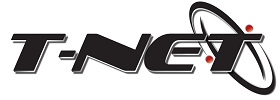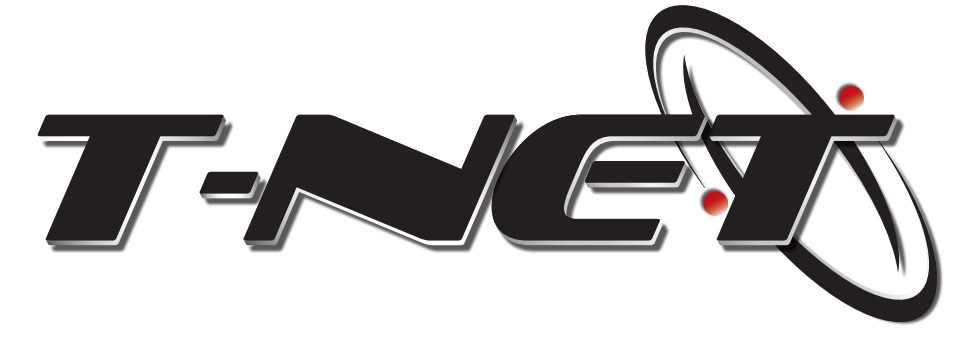But a comprehensive, strategic approach to internal audit can help you strengthen your operational resilience to mitigate their impact. Find out how our internal audit consultants can help you identify and manage risk more effectively and efficiently through customized support and innovative audit methodologies. Digital disruption is a fertile area for internal audits because it can create both opportunities and risks for your organization. For example, on the opportunity side, AI can increase your efficiency and productivity by automating routine tasks and enhancing your decision-making capabilities. Risks include privacy concerns, cybersecurity, regulatory and legal challenges and more.
If inventory is stolen without management knowing, the inventory account on the balance sheet will be overstated. Auditors would therefore plan their audit procedures to focus on the existence assertion. Growing risks to watch for include climate change and digital disruption from technologies like AI. As you confront new challenges, such as disruption from artificial intelligence (AI), the internal audit can be a powerful tool to help your company thrive, not just survive. Here are some risks to focus on and some internal audit trends that can help your organization become more resilient. The cost of an audit can vary greatly, more than four times above the baseline depending on your business structure and your financial practices.
Leveling Up Management of Audit Risk
Environmental, social, governance (ESG) audits help companies show regulators, investors and stakeholders their commitment to sustainability, social responsibility and good governance. An ESG audit is a comprehensive evaluation of a company’s performance and practices in these three critical areas. For example, if your company identifies cybersecurity threats as a risk, an agile process can focus on your cybersecurity protocols first. This allows you to address any vulnerabilities and strengthen defenses before you move on to other risks. Audit engagement risk is something all auditors think about and incorporate into their decisions, but recent research suggests that they might not be thinking about it as broadly as they should. With each of these areas, make sure to document the steps you took to gain an understanding, any changes to your understanding of the client from previous years as well as risks identified and whether they are significant.
These risks are interrelated, and changes in one risk factor can impact the assessment of other risk factors. This formula shows that the overall level of audit risk is a product of the individual risk components. Therefore, the auditor must assess each component and determine an appropriate level of audit procedures to reduce the risk to an acceptable level. This is the risk of a material misstatement in the financial statements, regardless of any controls.
These three risks are multiplied together to calculate overall audit risk, or the risk of an auditor drawing inaccurate conclusions. Together, these tools form a formidable arsenal in the auditor’s quest to mitigate audit risk. As mentioned before, auditors won’t just ignore the existence assertion for the timber inventory. They just don’t do as much detailed testing on the existence of the timber inventory.
Managing Audit Risk: Auditor Tools to Mitigate Risk
Given these risk levels, the auditor needs to plan his substantive audit tests to reduce the risk of not detecting material misstatements to 9%. For example, control risk is high when the client does not perform bank reconciliation regularly. In this case, auditors will not perform the test of controls on the bank reconciliation. Likewise, more substantive works will be required in order to reduce audit risk to an acceptable level. Also, auditors cannot change or influence inherent risk; hence, the only way to deal with inherent risk is to tick it as high, moderate or low and perform more audit procedures to reduce the level of audit risk. The audit risk model describes the relationships between inherent, control, and detection risks.
The first version of ISA 315 was originally published in 2003 after a joint audit risk project had been carried out between the IAASB, and the United States Auditing Standards Board. Changes in the audit risk standards have arguably been the single biggest change in auditing standards in recent years, so the significance of ISA 315, and the topic of audit risk, should not be underestimated by auditing students. Audit risk is fundamental to the audit process because auditors cannot and do not attempt to check all transactions.
For the purposes of the F8 exam, it is important to understand that audit risk is a very practical topic and is therefore examined in a very practical context. Students must also be prepared to apply their understanding of audit risk to questions and come up with appropriate risk assessment procedures. Detection risk is the risk that the audit procedures used are not capable of detecting a material misstatement. This is especially likely when there are several misstatements that are individually immaterial, but which are material when aggregated. The outcome is that the auditor would conclude that there is no material misstatement of the financial statements when such an error actually exists.
What is the Audit Risk Model?
All subsequent references in this article to the standard will be stated simply as ISA 315, although ISA 315 is a ‘redrafted’ standard, in accordance with the International Auditing and Assurance Standards Board (IAASB) Clarity Project. For further details on the IAASB Clarity Project, read the article ‘The IAASB Clarity Project’ (see ‘Related links’). The audit risk model is a function of RMM (which is made up of IR and CR) and detection risk (DR). Auditors can control only DR. They do so by deciding the nature, timing, and extent of their audit procedures. Audit risk is the risk that an auditor will issue a wrong opinion about the financial statements.
- These problems suggest that while the audit risk model provides a useful framework, auditors must apply it cautiously, supplementing it with professional judgment and a deeper analysis of the client’s specific risk environment.
- For example, suppose inherent risk for the jewelry store is assessed at 100% and control risk is assessed at 80%.
- In this approach, auditors analyze and assess the risks related to the client’s business, transactions and internal control system in place which could lead to misstatements in the financial statements.
- If auditors believe that the client’s internal control can reduce the risk of material misstatement, they will assess the control risk as low and perform the test of controls to obtain evidence to support their assessment.
- The outcome is that the auditor would conclude that there is no material misstatement of the financial statements when such an error actually exists.
It is influenced by factors such as the nature of the company’s business, the complexity of transactions, and financial reporting history. Audits are an essential component of accounting, but they carry some element of risk. The audit risk model helps assess this level of risk, making it a useful tool to employ during the planning stages of any financial audit. In this guide, we’ll break down the audit risk model formula, describe its elements, and give an example of how it works. In order to reduce the complexity of minimizing audit risk, auditors utilize a suite of sophisticated tools designed to enhance the precision and reliability of their work.
Detection Risk (DR)
Such oversights can stem from various factors, like collective contentment from all stakeholders involved. When organizations invite external auditors, they often provide the necessary data. However, some companies lack stringent internal data governance, enabling potential misrepresentation or concealment of data from auditors.
Detection Risk is the risk that the auditors fail to detect a material the audit risk model misstatement in the financial statements. Its goal is to ensure compliance with policies, procedures and regulations while helping your organization shift from cyclical reviews to continuous, proactive reviews. Keeping an eye on exception reports that include anomalies or deviations from established thresholds helps you respond sooner, so you can minimize any disruption.
Business Intelligence Manager jobs
- We can also use the audit risk model for quantitative analysis by stating all risks as a percentage ranging from 1% to 100%.
- Digital disruptions are the changes and challenges that come from the integration of digital technologies such as artificial intelligence in your organization.
- Strategic Comprehensive Planning stands at the forefront of this endeavor, serving as the blueprint that guides auditors through the audit lifecycle.
Outlining potential risks using an audit risk model helps you minimize issues like material misstatement and others. Risk assessment in auditing is complicated because it entails cataloging potential problems and conducting a dynamic analysis of how these risks interact within the context of the audit engagement. This understanding of audit risks lays the groundwork for the planning and execution of audit procedures that are finely tuned to the risk landscape, ensuring the reliability and integrity of financial statements. When performing the audit work, auditors usually follow a risk-based approach.
Introduction to the Audit Risk Model
This blog post delves into the top strategies and tools for managing audit risk, ensuring auditors can provide precise financial statements that stakeholders can trust. Also, audit risk formula can be in the form of risk of material misstatement and detection risk. This is due to the risk of material misstatement is the combination of inherent risk and control risk. For example, if the level of inherent and control risk is low, auditors can make an appropriate judgment that the level of audit risk can be still acceptably low even though the detection risk can be a bit high.
Similar to inherent risk, auditors cannot influence control risk; hence, if the control risk is high, auditors may need to perform more substantive works, e.g. test on a bigger sample, to reduce the audit risk. Audit risk always exists regardless of how well auditors planned and performed their audit tasks. However, auditors can reduce the level of risk, e.g. by increasing the number of audit procedures. Additionally, audit risk will be low if the audit is well planned and carefully performed. In this case, we cannot rely on the client’s controls (or lack of them) to reduce the risk of material misstatement for the existence assertion of inventory.







Nedavni komentarji